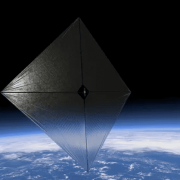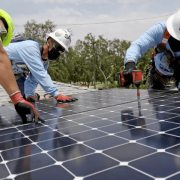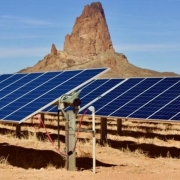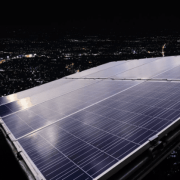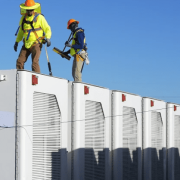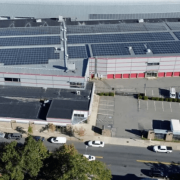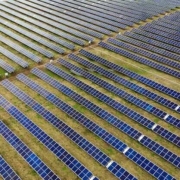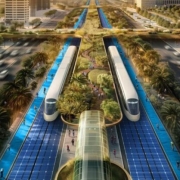More than four months after launching to space, a solar-sailing spacecraft has successfully spread its wings above our planet.
NASA’s Advanced Composite Solar Sail System (ACS3) caught a ride to space on April 24 on Rocket Lab’s Electron vehicle and, at the end of August, NASA shared in a release that its mission operators verified the technology reached full deployment in space. On Thursday, Aug. 29 at 1:33 p.m. EDT (5:33 UTC), the team obtained data indicating the test of the sail-hoisting boom system was a success.
Click here to read the full article
Source: SPACE.com
—
If you have any questions or thoughts about the topic, feel free to contact us here or leave a comment below.

